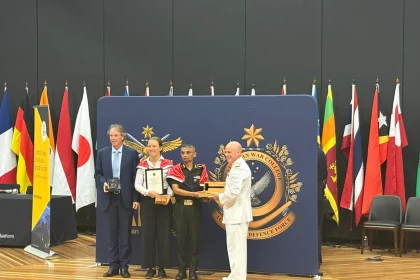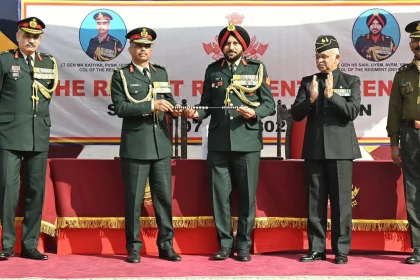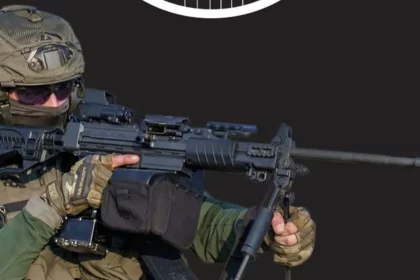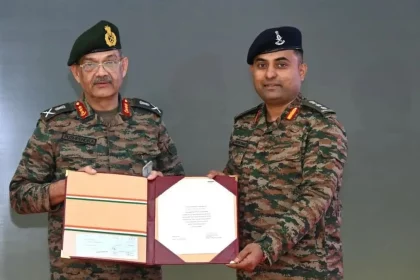Lieutenant CommanderAayush Kishan Shines at South African National War College, Wins Multiple Honours
Indian Navy officer earns top international honours for academic and strategic excellence.
Colonel Prateek Roy Wins Prestigious Geddes Gavel Award at Australian Defence College
Indian Army officer recognised for outstanding strategic insight and regional expertise.
Lt Gen H S Sahi Assumes Colonelcy as Rajput Regiment Holds 33rd Biennial Conference
Regiment reaffirms its legacy of honour, continuity, and professional excellence.
Colonel Seema Mishra Becomes First Woman Principal of UP Sainik School
Veteran AEC officer takes charge of the 65-year-old institution, aims to boost NDA selections.
IWI to Deliver First Batch of 40,000 Light Machine Guns to India Early Next Year
Israeli Firm Completes Approvals, Set to Begin Large-Scale LMG Deliveries in 2026.
Colonel Gautam Kumar’s Project Abhimanyu Wins First Place at InnoYoddha 2025
Southern Star Munitioners Officer Leads Command’s Strong Showing at InnoYoddha 2025.






